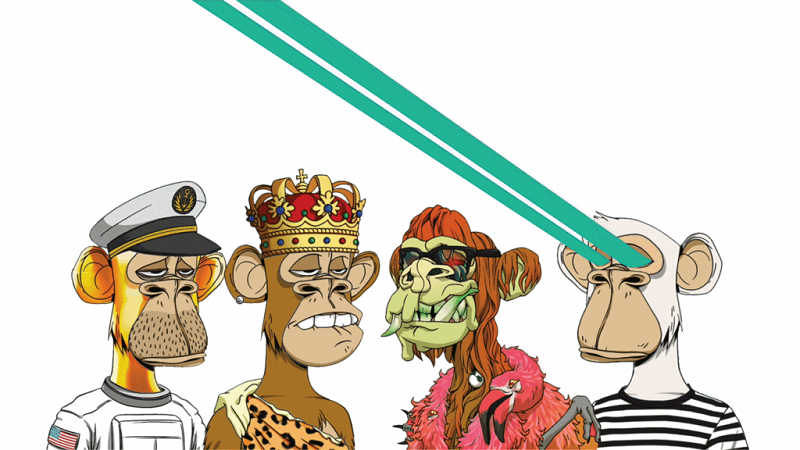Technology is now at its peak. The number of blockchains being created increases exponentially, with great strides being made to advance development. But what are NFT’s, why are they so important, what is NFT stand for and what should we know about them?
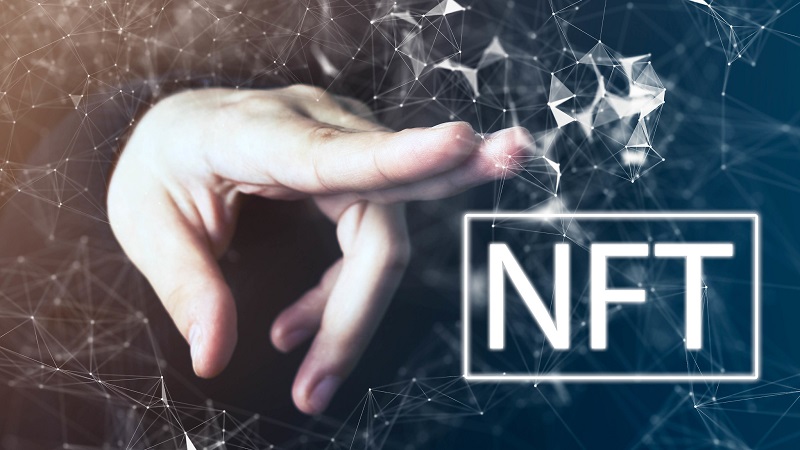
What makes a good NFT?
Let’s talk about what is NFT and what makes a good NFT? NFT’s, or Non-Fungible Tokens, are essentially the next step in evolving cryptocurrencies. They enable developers to create digital assets designed with specific properties recorded on a public network. NFT’s are very similar to other cryptocurrencies such as Bitcoin, Ethereum, and many more at their most basic level. So what makes them different? With NFT’s, you can create digital assets which are one of a kind or non-fungible. This means that every token is unique, whereas, in the case of cryptocurrencies like Bitcoin, each coin acts the same way.
Like we said, NFT stands for Non-Fungible Token. Every token holds unique characteristics and information because they are not interchangeable. In other words, there is only one of each token in existence. Any token that does not meet this requirement is considered a Fungible Token (FT). Meaning it is more like money and can be replaced with another identical item. NFTs, give the user-specific information about an object or asset, anything from property to art. However, unlike FT, NFTs are unique, individual items with particular characteristics and information attached to them. So that if you were to trade tokens like these, the receiver would receive an object or asset that is different than what you own.
NFT advantages:
– Customizable;
– Programmable.
NFT disadvantages:
– Requires a lot of coding knowledge to make them;
– Not as mainstream as other cryptocurrencies yet since it is a new technology. But it will become more common as time goes on.
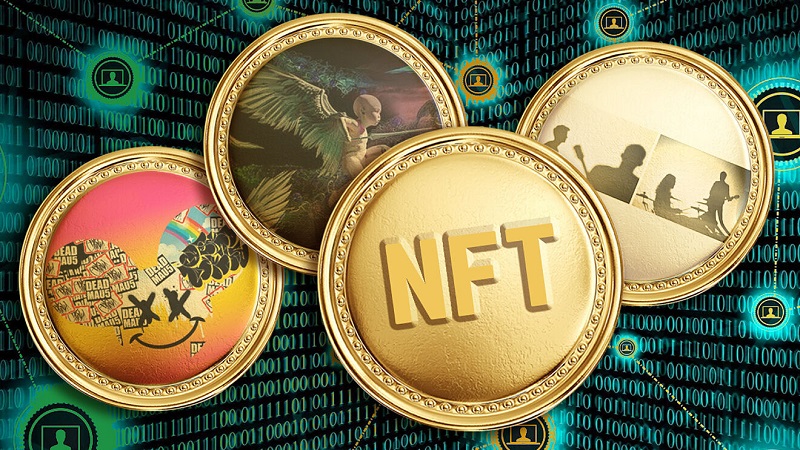
What I need to know about NFT
The most important thing to understand about NFTs is their utility and how they are created. NFTs can be used for many different tasks, such as tracking, trading, recording ownership (such as art pieces on the blockchain), or even money earning game items like game coins. The possibilities with NFTs are endless because of their highly customizable nature.
What is minted NFT?
So let’s talk about the difference about these two types of NFTs. First of all what is minted NFT?
Mintable NFT
Mintable Nft’s are generated by the blockchain network (and not by miners) according to the conditions set within the smart contract, which is what powers them. For example, I would like to create an NFT that is limited edition. And will only ever exist in 500 quantities. This NFT could represent my Signature, and only the first 500 people who send me a specific amount of Ethereum would receive one of these tokens. Of course, the Mintable NFT’s generated must be used by the blockchain network to operate. So I cannot do anything with these NFTs once they are made, but the idea is that the blockchain network will then use these NFTs for future transactions to add validation.
In a Minted NFT, it is always important to remember that the blockchain network must use the token to function correctly and cannot be destroyed or removed from its associated intelligent contract account. If a smart contract does not need to use the Minted NFT, it will take up unneeded memory and computing power which can be detrimental to blockchain performance.
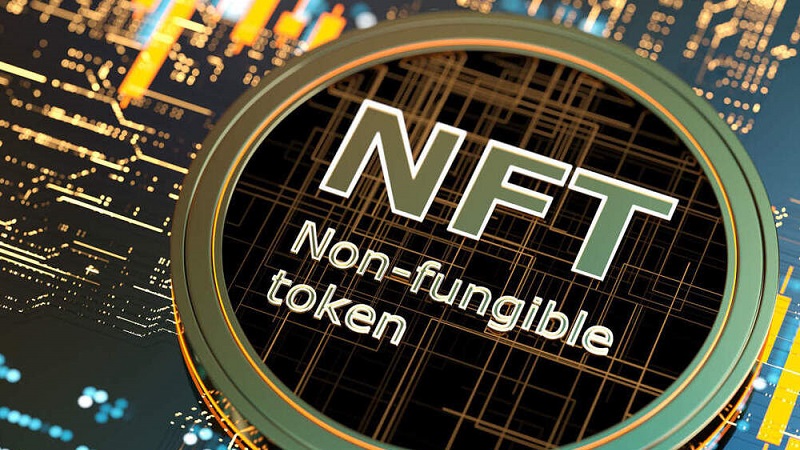
These tokens exist off-chain and are created through an external process such as a centralized service or application outside of the blockchain network. This means that you do not directly interact with these tokens on the blockchain but rely on an external service to manage them. If you are looking for a way to create your token without the hassle of setting up an entire smart contract, this may be the option for you.
Transparent NFT
Transparent NFT’s are 100% visible and trackable by anyone in the world through their smart contract address. This means that every token can be tracked through its address. But this also means that the blockchain will know any transactions being made with this token. This may or may not be desirable for your project, so keep in mind that you make them public.
Minted NFT’s are defined by their immutability of ownership, also known as non-fungibility. Only an authorized person can change the owner of a Minted NFT, and once it is linked to that specific address, it cannot be transferred again. This means that every Minted NFT will always belong to its specified address.
Miners in a Proof of Work mining system are rewarded for their efforts by receiving a portion of the transaction fees from the network. They receive this as a reward or a fee, and it can vary per blockchain due to different block rewards. To be considered a Minter, you must be a miner and choose to participate in the minting process. Minting is an incentive provided by blockchain networks to incentivize users to participate in some way for transactions and record them on the ledger.
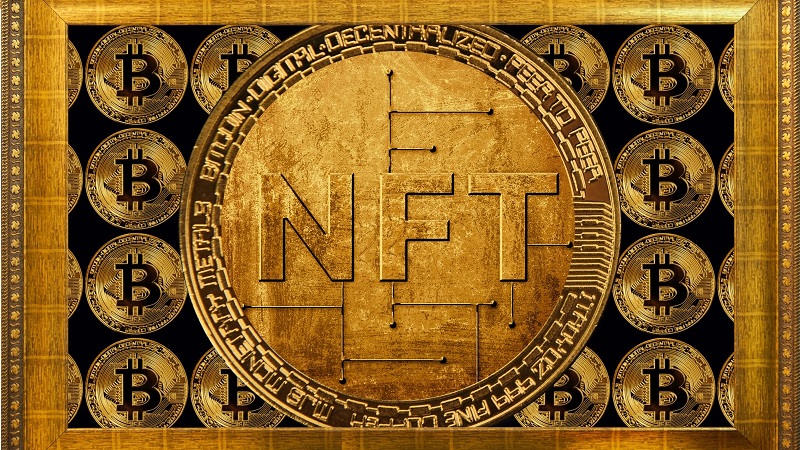
What is NFT minting?
What is NFT stand for? Minting is an optional activity that allows users to group blocks of transactions into one large block before it’s written to the blockchain. These blocks are essentially ‘staked’ together and reduce the number of multiple writes that separate transactions would carry out. This idea is that it will help increase user privacy while keeping a small record on the ledger for improved scalability.
How to mint?
When creating your blockchain network, you can use a Symbol or a Code for your token. Many of these symbols are already in use by other projects. So it is essential to ensure that whatever symbol you choose will not conflict with another system’s symbol. It is also important to use symbols that do not represent anything negative. As this can attract unwanted attention to your project.
